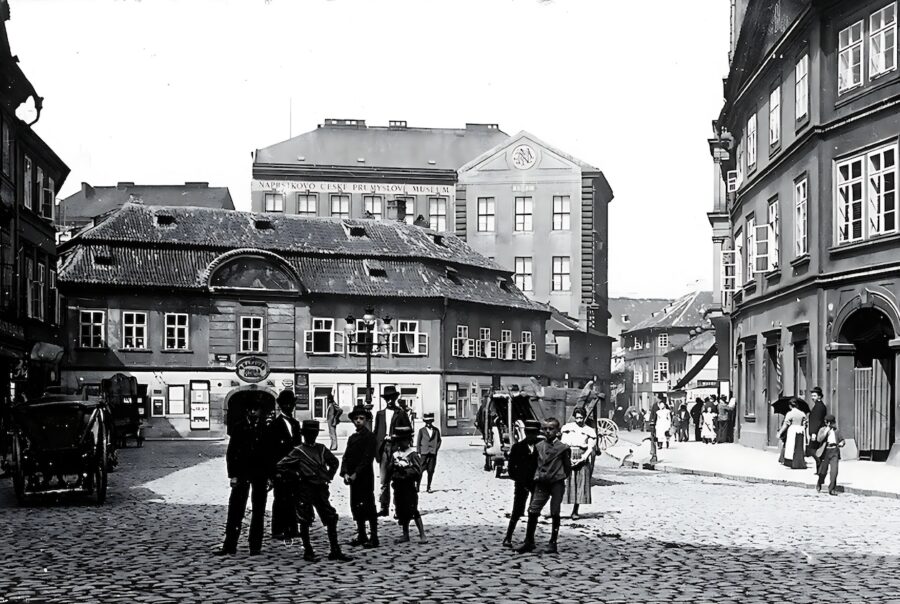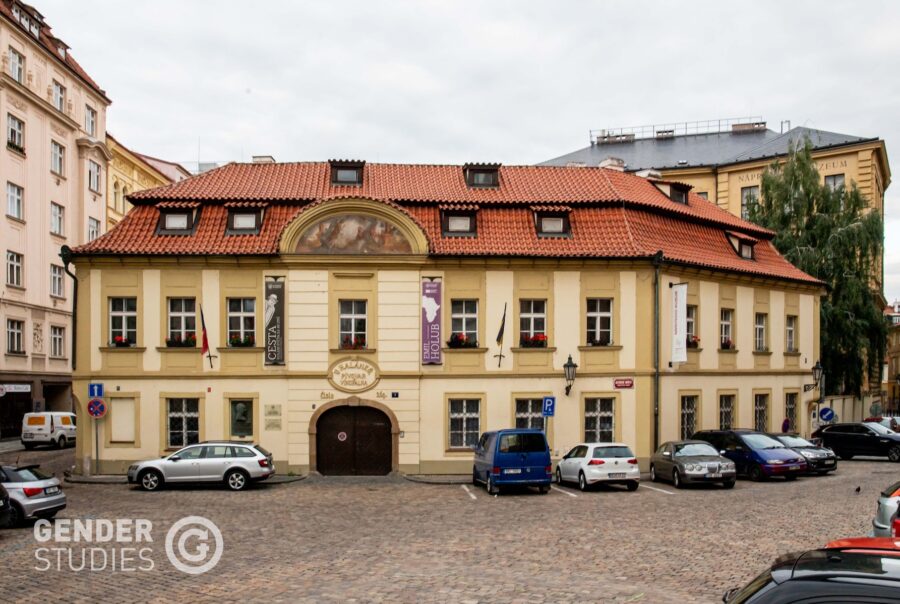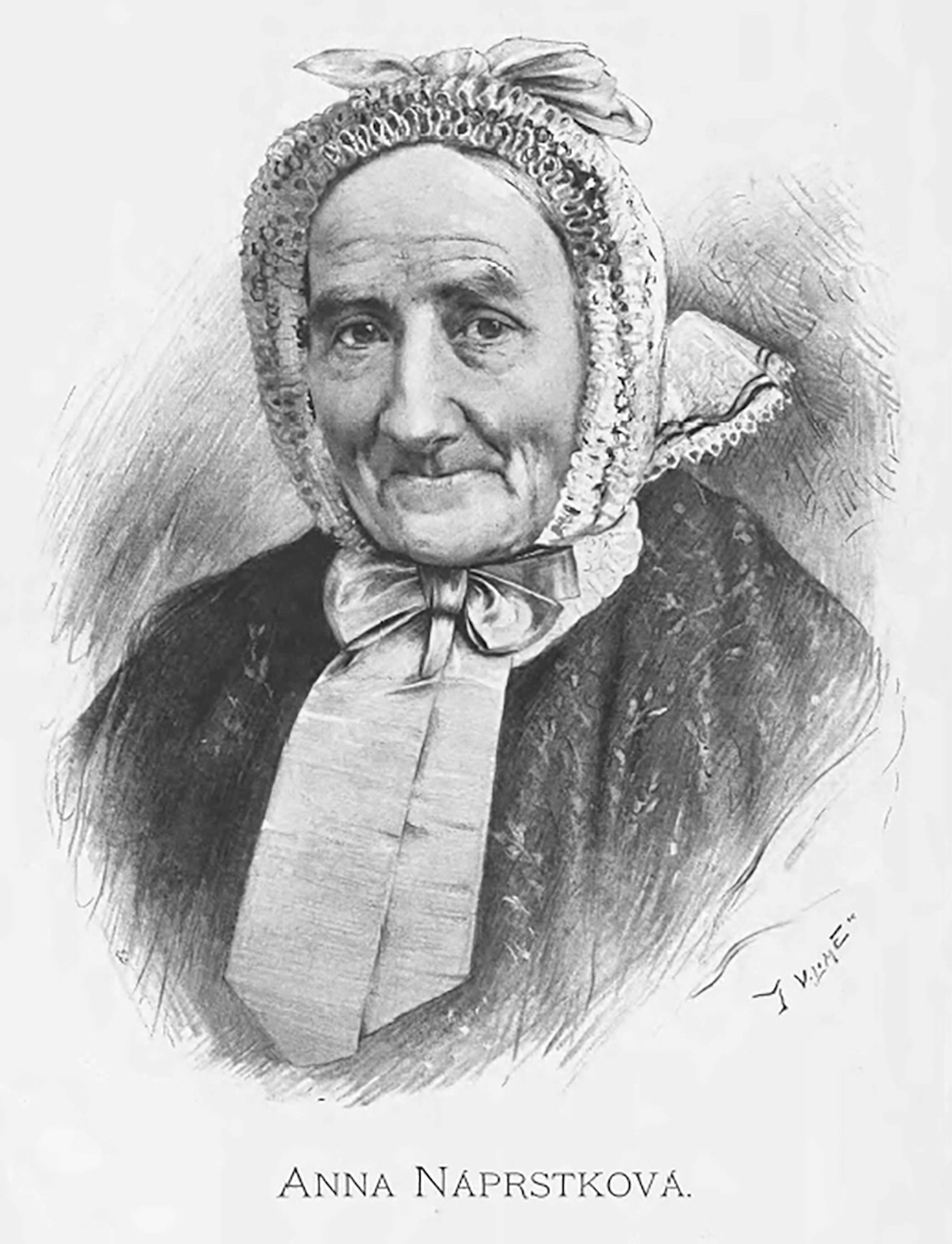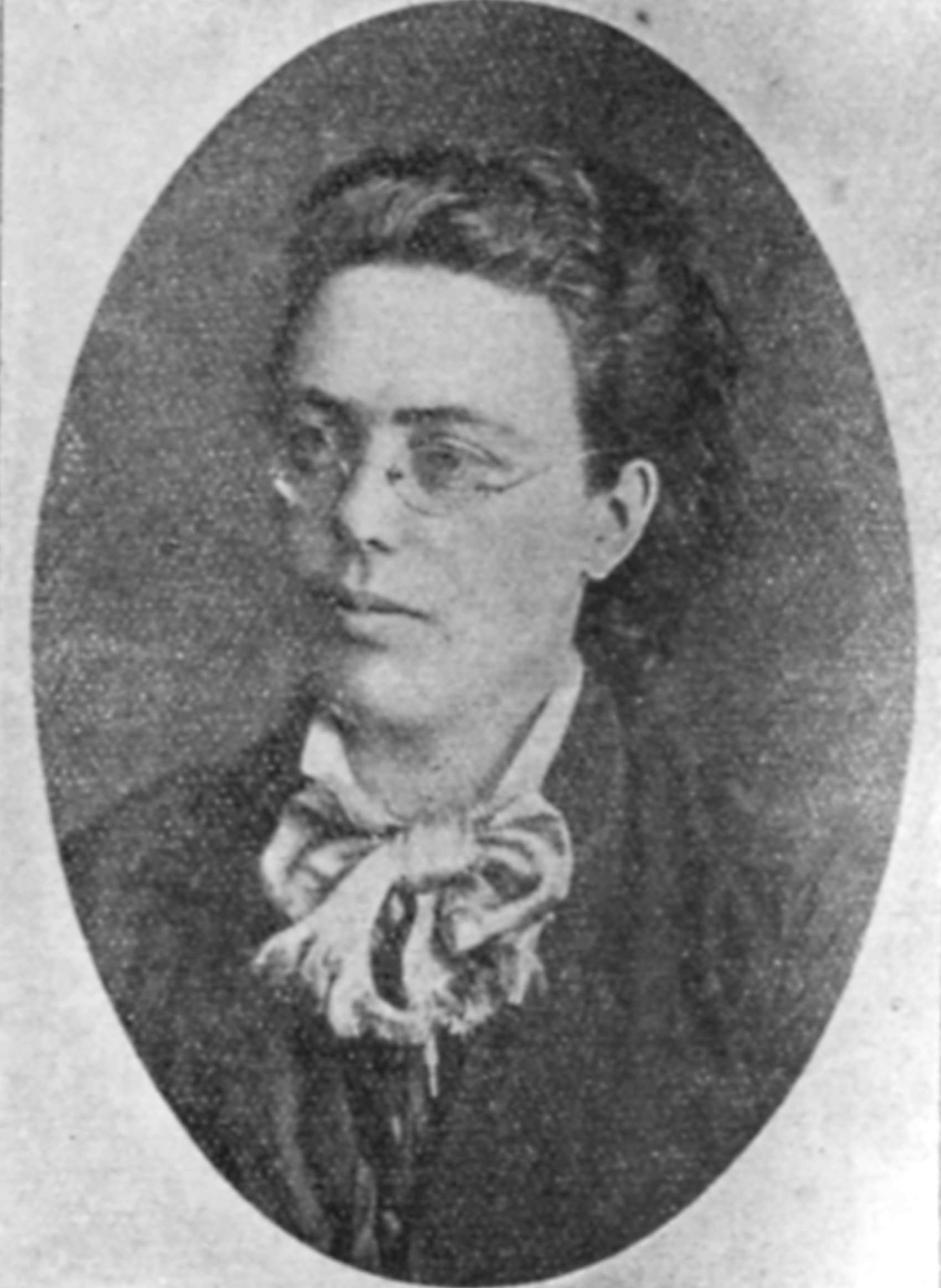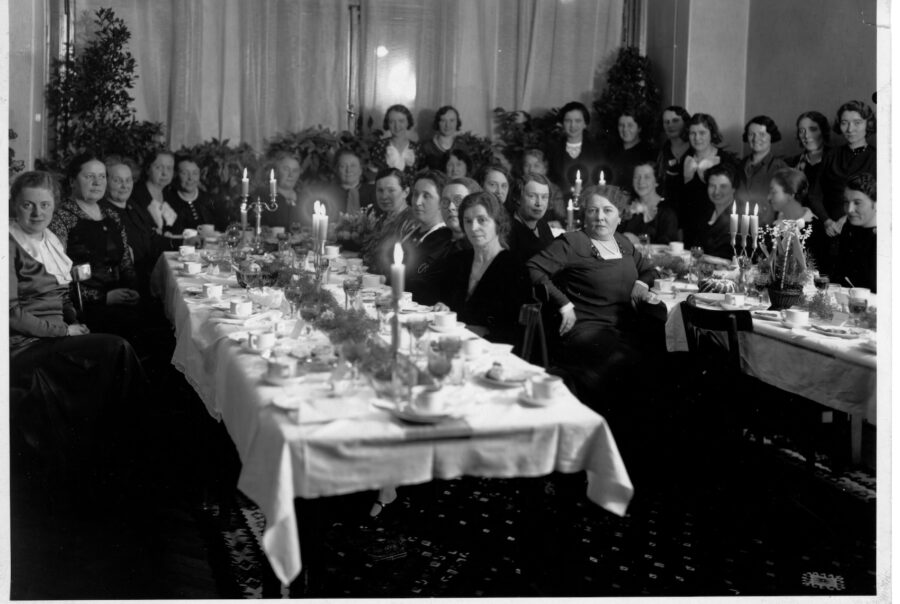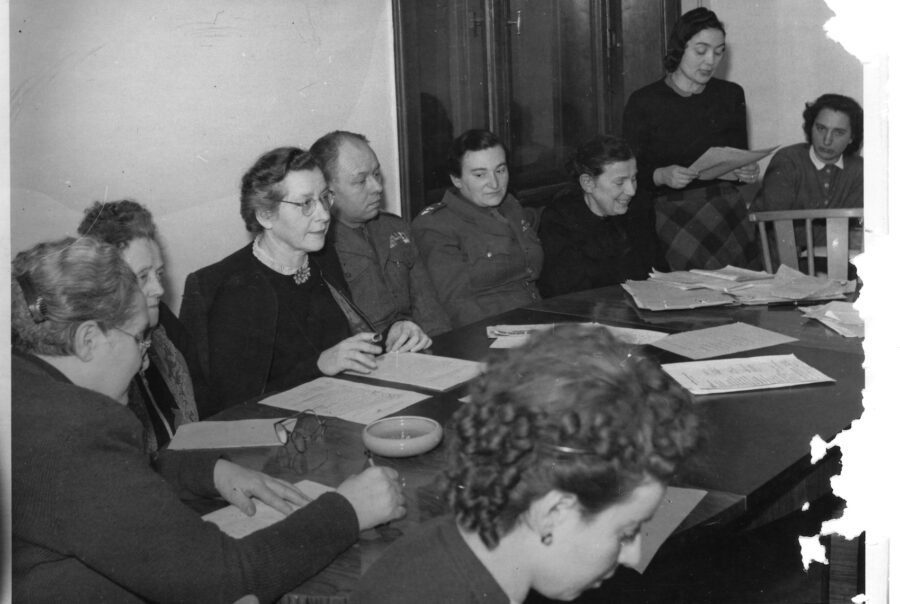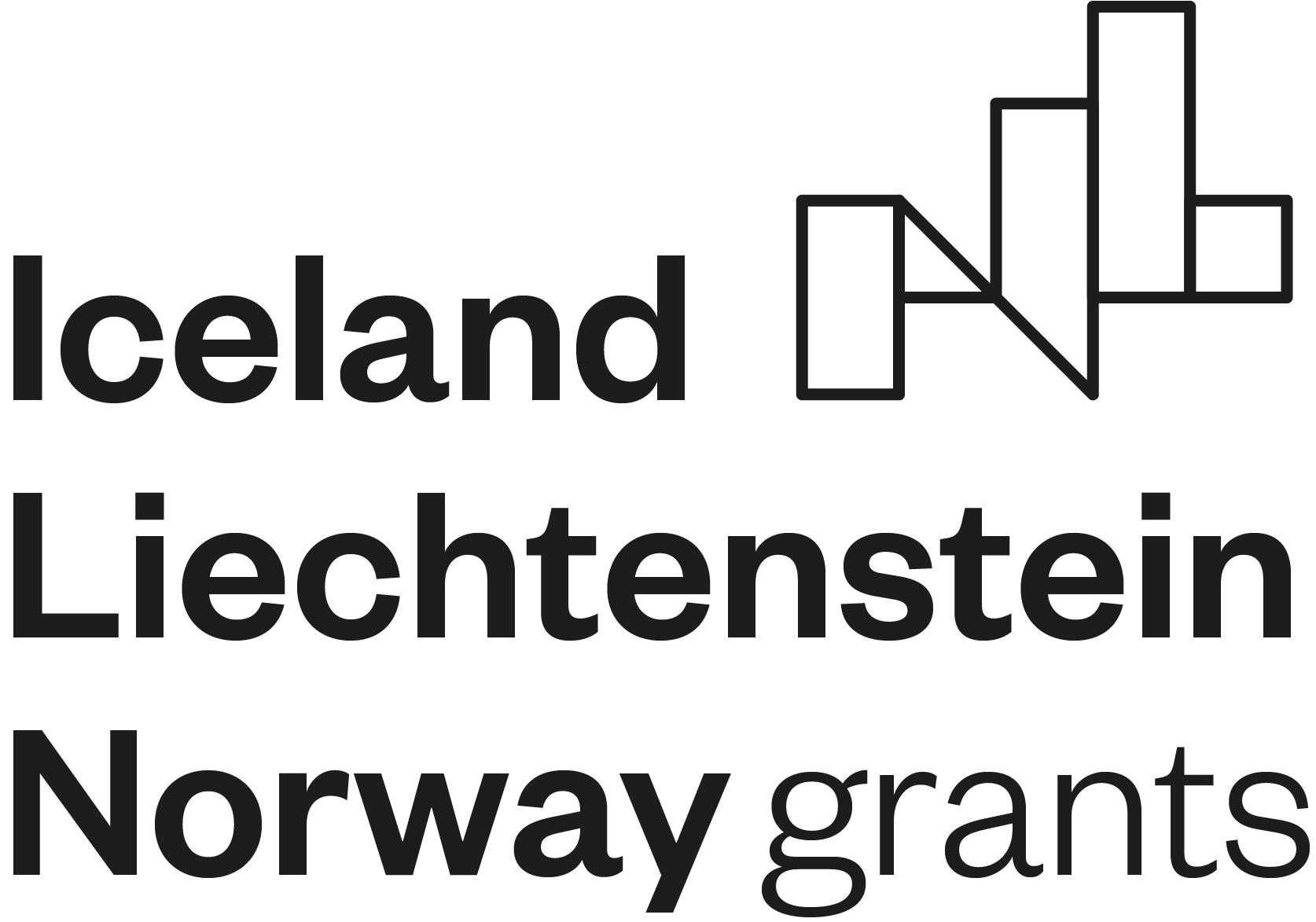The Halánek House dates back to the Middle Ages, when there were five different buildings on the same plot. Its current form resulted from a series of connections and major renovations in the renaissance and classicist eras. In 1676, Jan Halánek of Jičín purchased a brewery and malt house dating back to the 15th century and gave the building its current name. Mr and Mrs Fingerhut purchased the building with a brewery and wine distillery building in 1826. After the death of Anton Fingerhut, his wife Anna Fingerhutová lived here with her sons Ferdinand and Vojtěch. Vojtěch (also referred to as Vojta) later Czechified his surname to Náprstek.
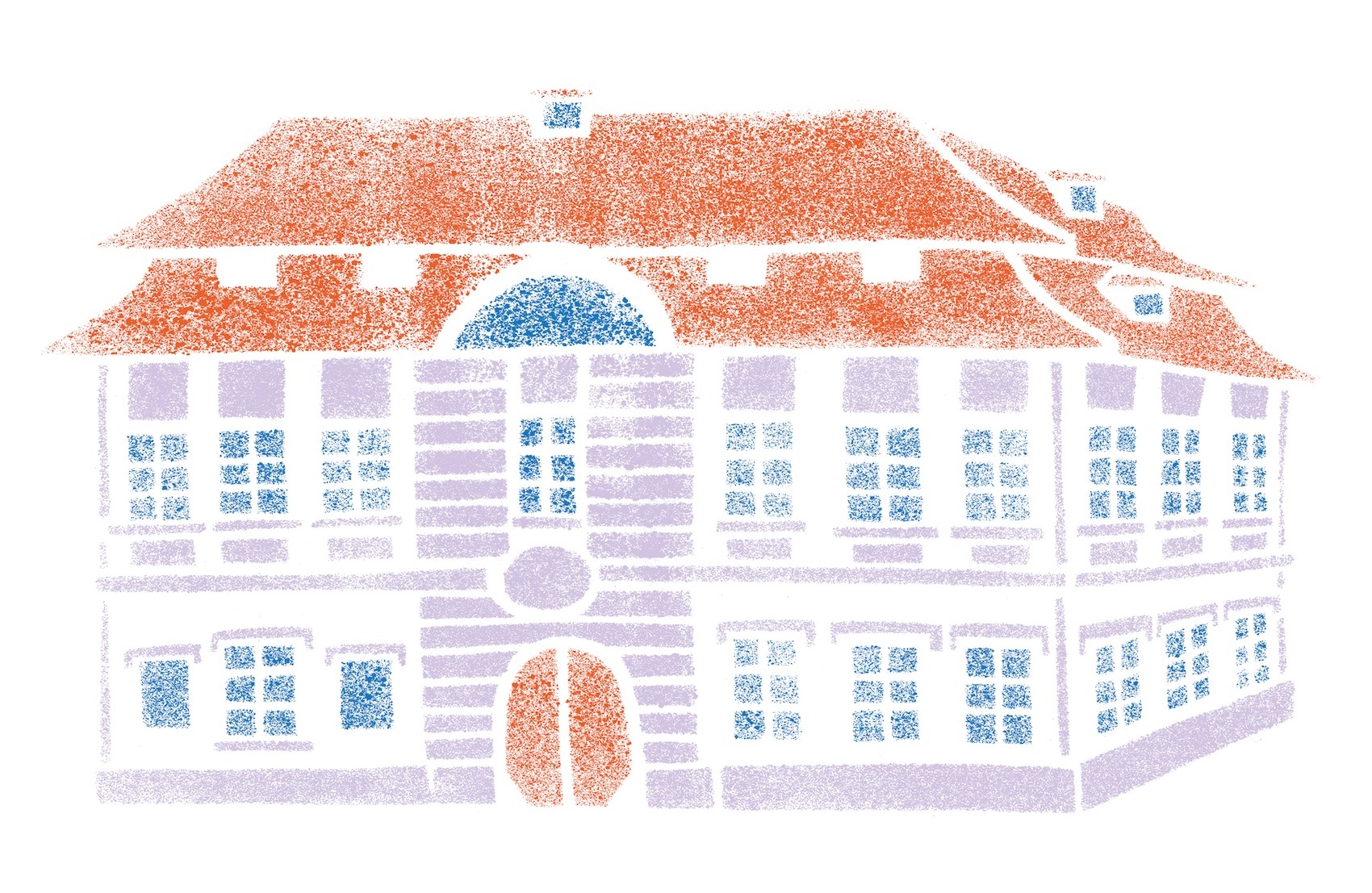
He helped establish a library of up-to-date information on scientific progress. The Halánek House thus had Prague’s best-supplied private library at the time. From 1865, it also housed the American Ladies’ Club (Americký klub dam), an association providing education to women at a time they were not yet allowed to study at universities. The word American in the title was to signify modernity and progress. Vojta was inspired by his travels around the U.S., where the process of women’s emancipation had reached at a more developed stage than in our country. In 1868, the establishment of the first women’s educational association was initiated by Vojtěch Náprstek and his future wife, Josefa Křížková Náprstková. As part of its awareness-raising efforts, the association organized theory lectures in history, geography, and political science given mostly by professors of the Czech university as well as practical lectures to acquaint women with modern household technologies, hygienic principles, or even first aid, which was taught to the general public. Practical lectures on modern housekeeping were also given. The association was co-founded by Karolina Světlá and joined by women from the majority of significant Czech families (Marie Riegrová-Palacká, Sofie Podlipská, Eliška Krásnohorská, etc.)
During lectures, men were not admitted to the first-floor lounge so as not to “compromise” the women attendees. However, a small window was carved high up in the door that allowed for listening to the lectures without peeking into the room. As many as 900 women went through the Club from its inception to the violent cessation of its activities after the communist coup d’etat. At the initiative of Milena Secká (1957–2021), the Club was re-established in 1996 and has been operating in the same building ever since.
However, the Halánek House is best-known for the Náprstek Museum located in it. The history of its extensive ethnographic collections dates back to the first half of the 1870s. After the death of Anna Fingerhutová, Vojta Náprstek founded the Czech Museum of Industry in a dedicated part of the building in 1874. This was only made possible by a large general bequest made by his mother. While Vojta Náprstek was no traveller, he served as a philanthropist to travellers, who brought a number of unique specimens to the museum. After the death of Vojta Náprstek, Ms. Josefa Náprstková led and expanded the museum, obtaining more than 6000 specimens from Africa, America, and Asia. Josefa initiated not only a new museum building but also the building of a new street, U Dobřenských.
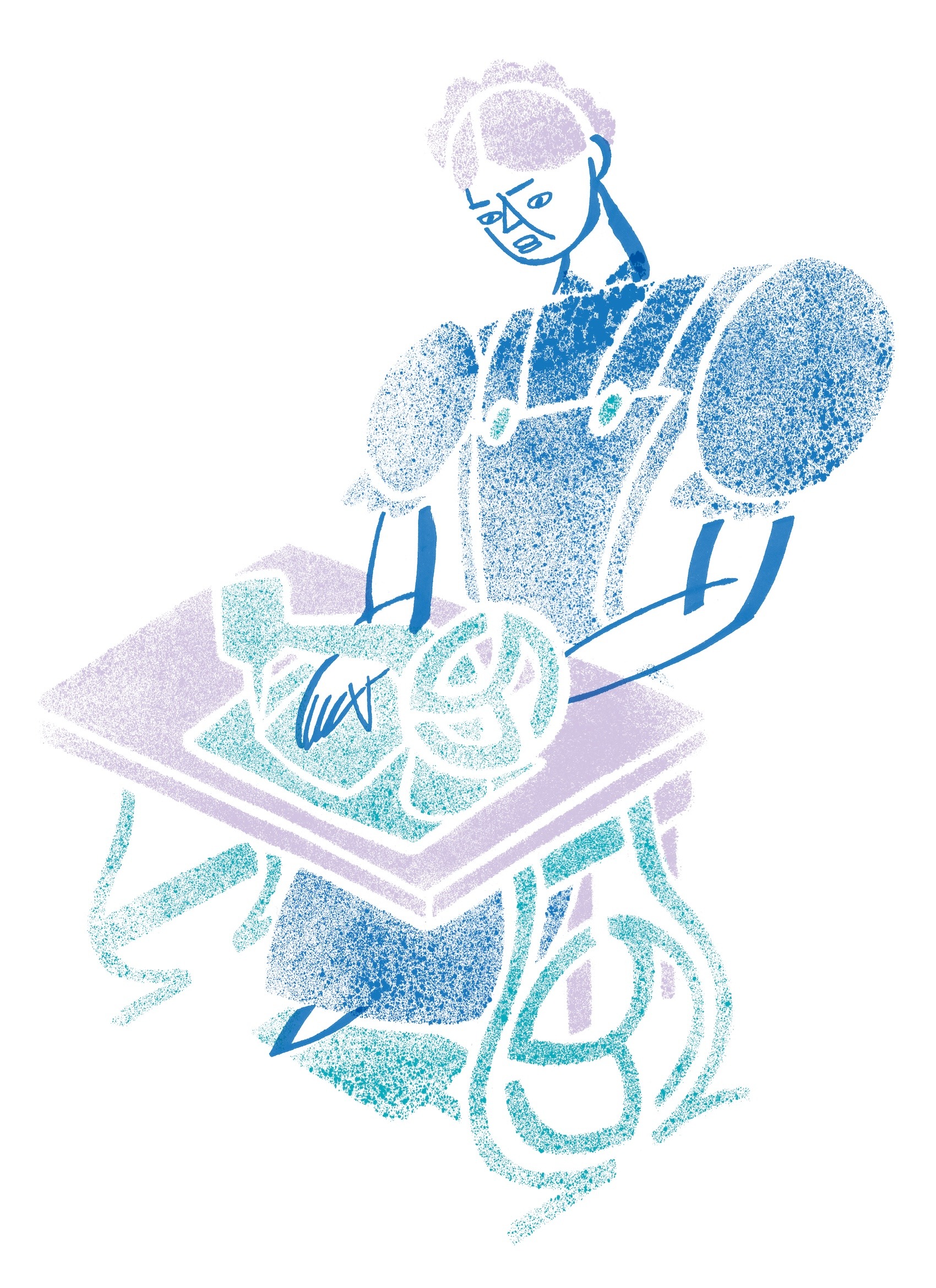
Listen to the whole story of Anna Kovář (Czech only)”Neither my mother nor I could attend lectures at the American Ladies Club... so how did we educate ourselves?
Anna Fingerhutová (Náprstková)
(1788–1873)
Czech businesswoman, supporter of patriot organizations, museum philanthropist, and mother of Vojtěch Náprstek
Anna was born in 1788 into a wealthy burgher miller’s family. She had 12 siblings and attended St. Peter’s School in Prague. When she was 7, her father drowned in a flood, and the economic situation of her family rapidly deteriorated. Anna was forced to tidy the classrooms and assist her teacher to pay for her tuition. Later she became her uncle’s household servant and an assistant in his Malá Strana shop, where she obtained important business skills. This is also where she met her first husband, Jan Novák. They had two sons and a daughter and worked together in developing their family business.
After Jan died, Anna married the brewer, Anton Fingerhut. (Although he was Czech, the public registry had recorded his name as Fingerhut, as opposed to other members of the Náprstek family.) In 1826, they purchased the brewery and restaurant in the Halánek House, Betlémské náměstí, nowadays known as the Náprstek Museum. They had two sons, Ferdinand and Vojtěch. The latter came to be known as the philanthropist, patriot, and museum co-founder Vojta Náprstek (1826–1894). After the death of her second husband, Anna continued running the family business. She very clear educational plans for her sons, which were rather incompatible with Vojta’s passion for oriental studies and travelling. After a conflict with his mother, Vojta eventually did as she wanted and started legal studies in Vienna. After taking part in the 1848 riots, first in Vienna and then in Prague, he was forced to emigrate to the U.S. Due to his extramarital relationship, Anna first refused to send him money. Later, she went to great lengths to get him authorized to return, and she started financially supporting the activities leading up to the establishment of what is today the Náprstek Museum.
Although she became one of the richest bourgeois women in Prague, she never forgot her origin and helped the poor for all her life. Known as the “Mistress of the Halánek House”, she personally distributed loafs of bread (and money when the bread ran out) to needy women, migrant tinkers, poor students, and old people, to whom she gave free lunch and boarding. She became renowned for her humility, hard work, and social conscience. Together with her later daughter-in-law, Josefa Náprstková (née Křížková, 1838–1907), she supported the American Ladies’ Club – the first Czech women’s educational association and a centre of the women’s movement, which held regular meetings at the Halánek House library. She died in 1873, and her funeral became a major public event. In 1880, the Fingerhuts officially changed their surnames to Náprstek.
Karla Máchová
(1853–1920)
politician of the Social Democratic Party, teacher, Women’s Paper editor, women’s labour movement leader
“Take note of the Women’s Paper edited by Miss Máchová. She writes for working-class women, but there is a lot for everyone. She is just working on three articles on prostitution that I like a lot. Miss Máchová has a great heart, and this is how she made friends with labourers.” (Charlotte Garrigue Masaryk in: Petráková, Františka. “Našim ženským novinám” [To our women’s newspapers]. Ženské noviny, Vol. 19, No. 26, 1937, p. 6)
Karla Máchová was born into an extremely poor family in the town of Beroun in 1853. As both her parents soon died, she and her two sisters grew up in an orphanage in the Theatine monastery of Malá Strana, Prague. From a very young age, she was used to tough work at the laundry, and later she became assistant janitor. She worked hard, was talented, and longed for education and independence. She took a year-long course to become a kindergarten teacher and subsequently graduated from an official programme of teacher’s education. She accepted the duty of female teachers’ celibacy and lived a single’s life without children. While political activity was unacceptable for female teachers at the time, she was a convinced social democrat. After a large crackdown on social democrats in 1881, she was banned from schools and got relegated to private teaching for the next twenty years. She also wrote articles for newspapers and magazines (often under the pseudonym Karla Kostelecká) and translated from German. In 1893, Karla Máchová represented Czech women at the Chicago World’s Fair. She worked for a number of women’s associations, including the American Ladies’ Club. She was best friends with Charlotte Garrigue Masaryk, who shared her keen interest in social issues. They first met at an American Ladies’ Club lecture in 1882 and stayed close until Karla’s death in 1920.
Karla Máchová advocated for women’s equality in employment, politics, education, and the family. She was renowned for her rhetoric talent. In 1905, she started giving speeches at social democratic meetings to support women’s suffrage. In 1908, she decided to join Marie Tůmová and Božena Zelinková as the first Czech women to run for parliament. Despite not being elected, she continued her work in the women’s movement, education, and politics for the rest of her life. In 1911, she organized the first meeting of active members of the women’s movement at the Hlahol Building. This was the first-ever event organized in Prague on International Women’s Day (then held primarily to promote women’s suffrage). In 1920, it was thanks to the relentless efforts of Karla Máchová, Františka Plamínková, and other women that Czechoslovakia introduced women’s suffrage among the first half of European countries (compared to 1921 in England, 1931 in Spain, 1945 in France and Italy, and as late as 1972 in Switzerland).
Karla Máchová played an important role in the women’s labour movement and started the first periodical for working-class women, the Women’s Paper (Ženský list). Based in Brno, this progressive outlet of activists and social democrats emphasized the efforts to improve the working conditions of female labourer, servants, and farmhands. Women’s Paper also thematized issues of sexual violence or reconciling paid work with unpaid household work and care. She later joined the (formerly middle-class oriented) Women’s Letters (Ženské listy), where she typically wrote about efforts to educate and assist impoverished women.


